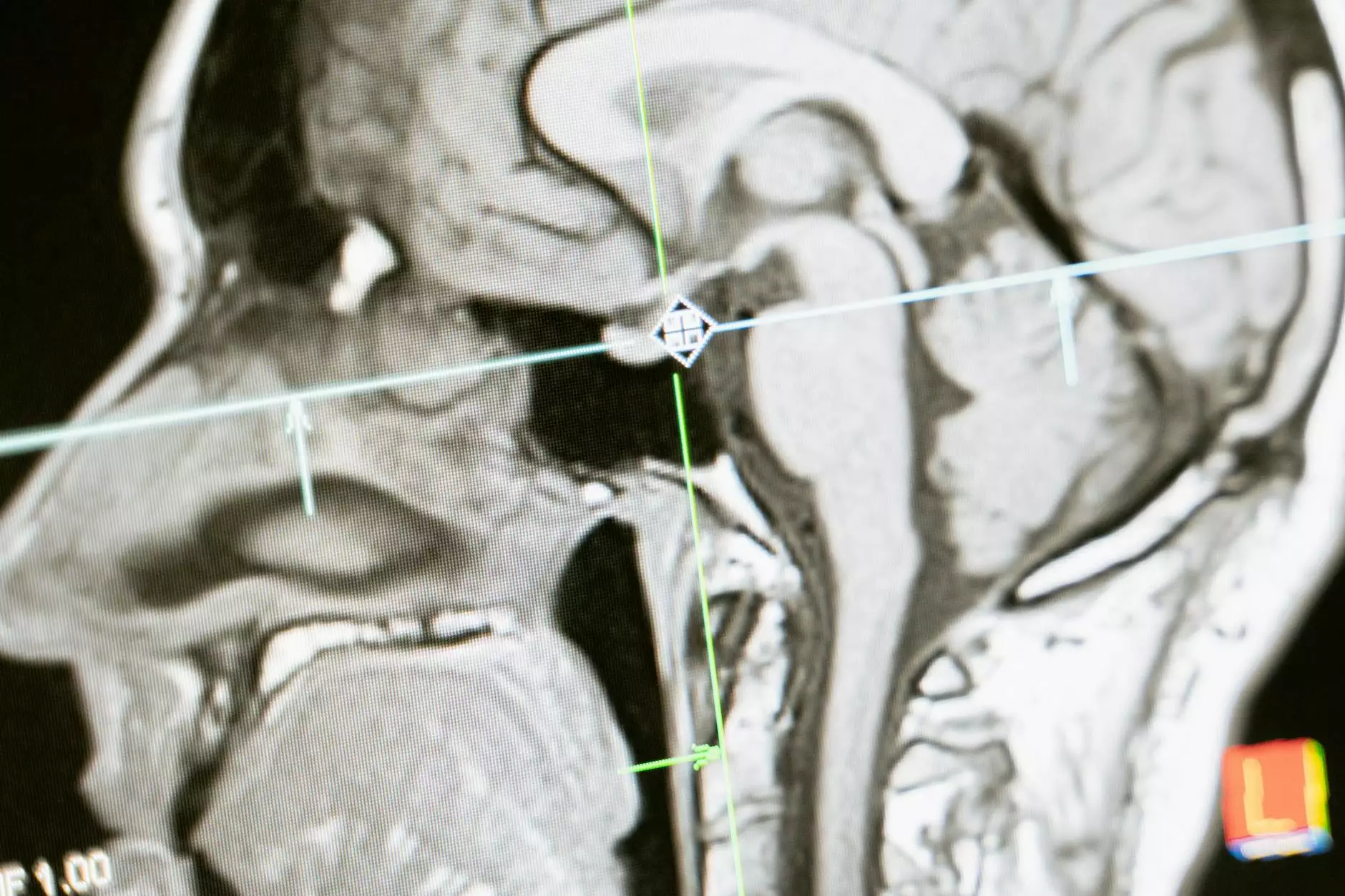The Ultimate Guide to Understanding and Managing Leg Swelling Causes

Introduction
Welcome to Truffles Vein Specialists, your trusted source for comprehensive knowledge in vascular medicine. In this article, we will delve deep into the various causes of leg swelling, a common problem faced by many individuals. Leg swelling can be painful, uncomfortable, and potentially a sign of an underlying health condition. Our mission is to provide you with valuable insights and practical tips to help you better understand and manage this condition.
Leg Swelling Causes
If you're experiencing leg swelling, also known as edema, it's essential to understand the potential causes. Leg swelling can occur due to both temporary factors and more serious underlying medical conditions. Here, we explore some of the most common causes:
1. Venous Insufficiency
Venous insufficiency is a condition where the veins in the legs have difficulty returning blood back to the heart. This can lead to blood pooling and fluid retention, resulting in leg swelling. Common symptoms of venous insufficiency include bulging veins, leg pain, and heaviness.
2. Deep Vein Thrombosis (DVT)
Deep vein thrombosis occurs when a blood clot forms in one of the deep veins, usually in the leg. This can obstruct blood flow and cause swelling. If you experience sudden leg pain, warmth, or a reddish appearance, it's crucial to seek immediate medical attention as DVT can be life-threatening if left untreated.
3. Lymphedema
Lymphedema is a chronic condition characterized by the accumulation of fluid in the tissues, often leading to persistent leg swelling. It commonly occurs after lymph nodes are damaged or removed during cancer treatment. Early diagnosis and effective management are crucial in preventing worsening symptoms.
4. Heart Failure
Heart failure is a condition where the heart cannot pump enough blood to meet the body's needs. This can cause fluid to accumulate in the legs, leading to swelling. It's important to address the underlying heart condition to manage leg swelling effectively.
5. Pregnancy
Pregnancy-related leg swelling, also known as edema of pregnancy, is a common occurrence due to increased blood volume, hormonal changes, and pressure on blood vessels. Although usually harmless, it's essential to consult with your healthcare provider to ensure there are no underlying complications.
6. Infections and Injuries
Infections, such as cellulitis, and leg injuries can cause localized swelling. It's important to seek proper medical care to address the root cause of the swelling and prevent complications.
7. Medications and Lifestyle Factors
Certain medications, such as calcium channel blockers, NSAIDs, and hormones, can sometimes lead to leg swelling as a side effect. Additionally, lifestyle factors like prolonged sitting or standing, excessive salt intake, and obesity can contribute to fluid retention and subsequent leg swelling.
Managing Leg Swelling
Now that we've explored the various causes of leg swelling, it's crucial to understand how you can manage this condition effectively. Here are some tips to help you control and reduce leg swelling:
1. Elevate Your Legs
Elevating your legs above heart level can assist in reducing swelling. Prop your legs up on a pillow or cushion while sitting or lying down. This helps promote better blood flow and drainage from the legs.
2. Wear Compression Stockings
Compression stockings provide graduated pressure, helping to improve blood circulation and prevent fluid buildup. Consult with a vascular medicine specialist, such as Truffles Vein Specialists, to determine the most appropriate compression level and fit for your specific needs.
3. Exercise Regularly
Engaging in regular physical activity, such as walking or swimming, can enhance circulation and reduce leg swelling. It's advisable to consult with your healthcare provider before starting any exercise regimen.
4. Maintain a Healthy Diet
Avoid excessive salt intake, as it can contribute to fluid retention. Incorporate a balanced diet rich in fruits, vegetables, and whole grains to support overall vascular health.
5. Stay Hydrated
Drinking an adequate amount of water helps maintain proper fluid balance in the body. Aim for at least eight glasses of water per day unless otherwise advised by your healthcare provider.
6. Follow Medication Instructions
If you're taking medications that may contribute to leg swelling, ensure you follow the prescribed dosage and discuss any concerns with your healthcare provider. They may be able to suggest alternative options or adjust the medication if necessary.
7. Seek Professional Help
If your leg swelling persists, worsens, or is accompanied by other symptoms, it's crucial to consult with a qualified healthcare professional, such as the doctors at Truffles Vein Specialists. They possess the expertise in vascular medicine to provide a comprehensive assessment and develop an individualized treatment plan tailored to your specific needs.
Conclusion
Leg swelling can significantly impact your daily life and overall well-being. Understanding the causes and implementing effective management strategies are vital steps towards finding relief. While the information provided in this guide is comprehensive, it is always advisable to consult with healthcare professionals specializing in vascular medicine, such as the experienced doctors at Truffles Vein Specialists. Remember, early intervention and proper care can lead to better outcomes and an improved quality of life.
Truffles Vein Specialists | Doctors | Health & Medical | Vascular Medicine
Website: trufflesveinspecialists.com









